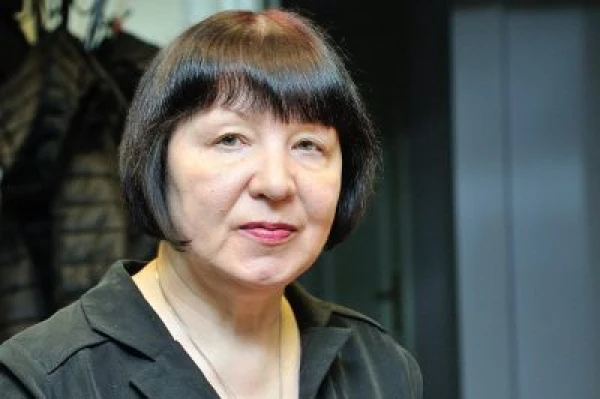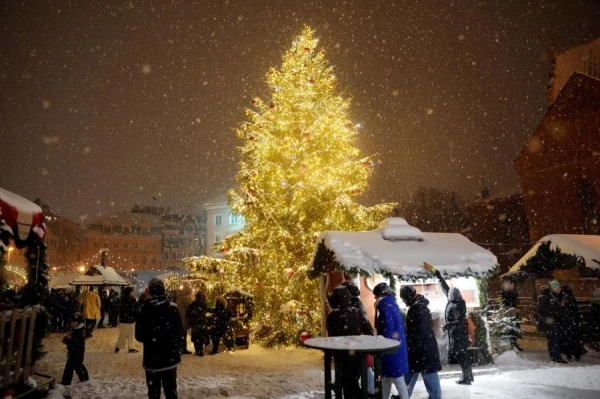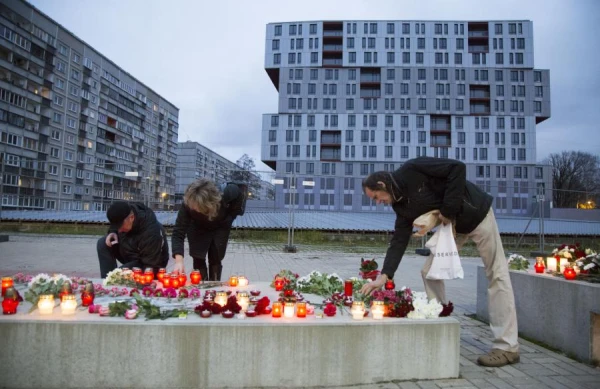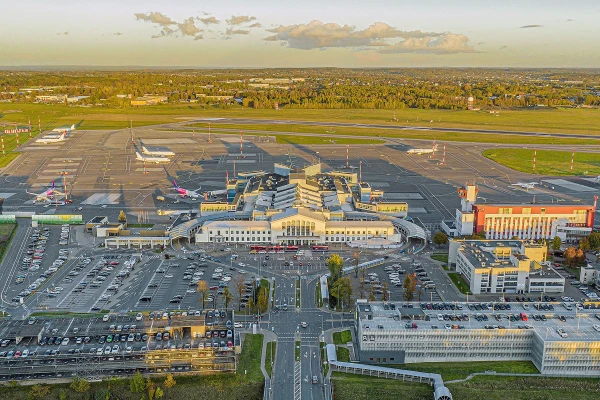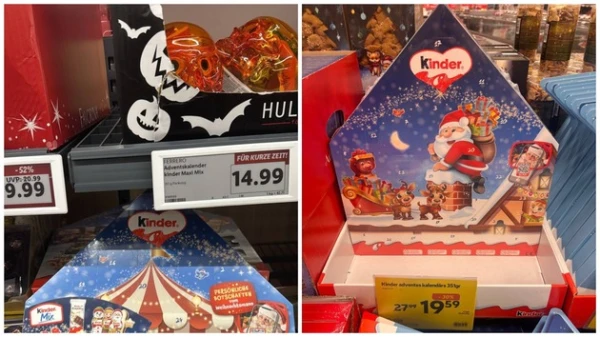
An attentive reader sent photos of the Kinder Advent calendar displayed on the shelves of stores in Germany and Latvia to the Grani.lv editorial office. The pictures show almost identical packaging, the same composition, the same manufacturer. The difference is essentially only in price.
In Germany, the calendar is sold for €14.99. In Latvia, it costs €27 without a discount. The nearly twofold difference raises the question: where do such Christmas wonders come from?
There are many theories. Perhaps people in Latvia are wealthier than in Germany? In the evening — loans, in the morning — premium chocolate? Or maybe in Germany, seasonal products are not rushed to be turned into luxury items? Or could it simply be a test of the generosity of the faithful — the closer to Christmas, the higher the margin?
What do you think, is the Advent calendar for the Latvian wallet almost twice as "sweet"? And which of the answers seems more plausible to you: is it market mathematics or a price inspired by the anticipation of real Christmas miracles?

